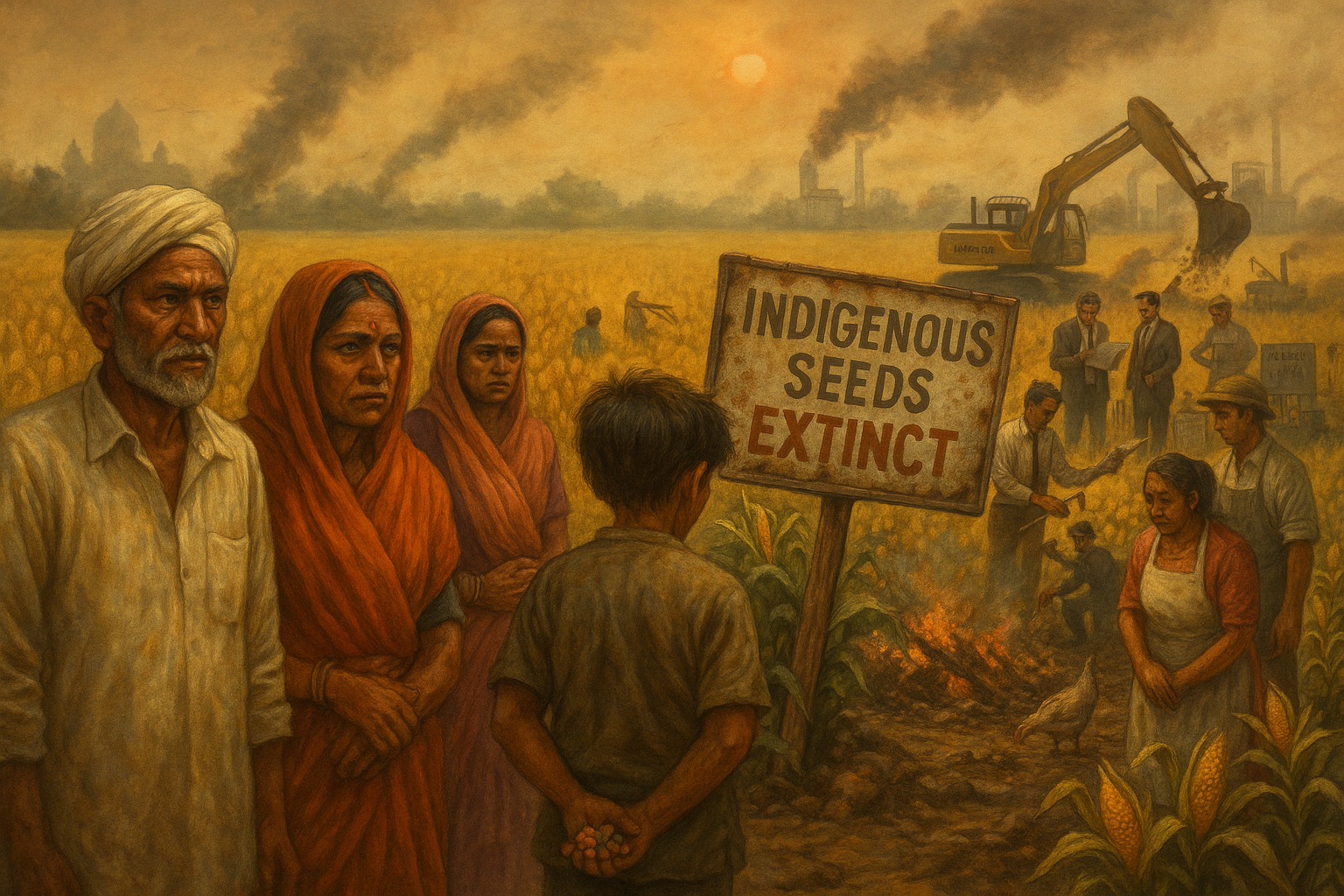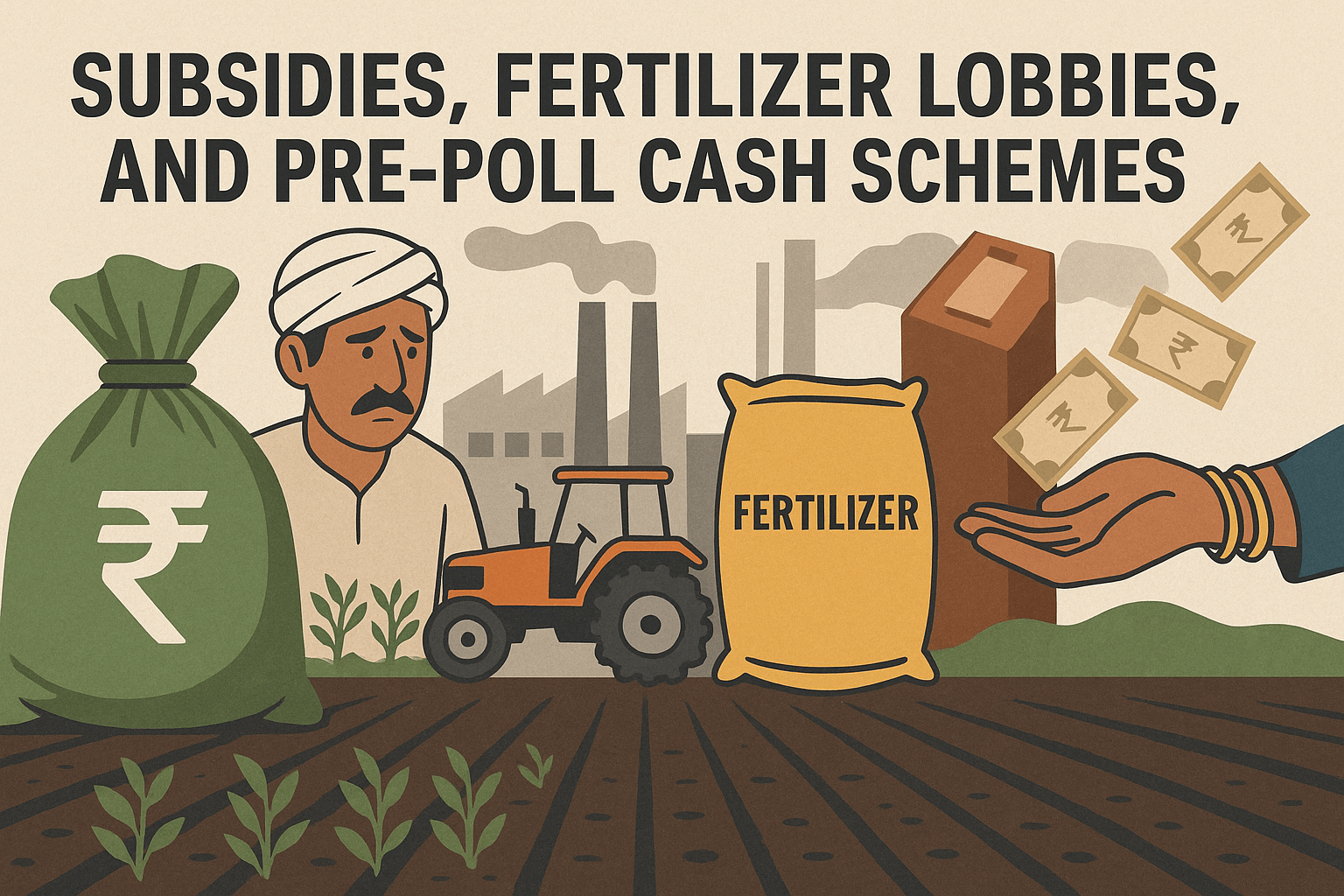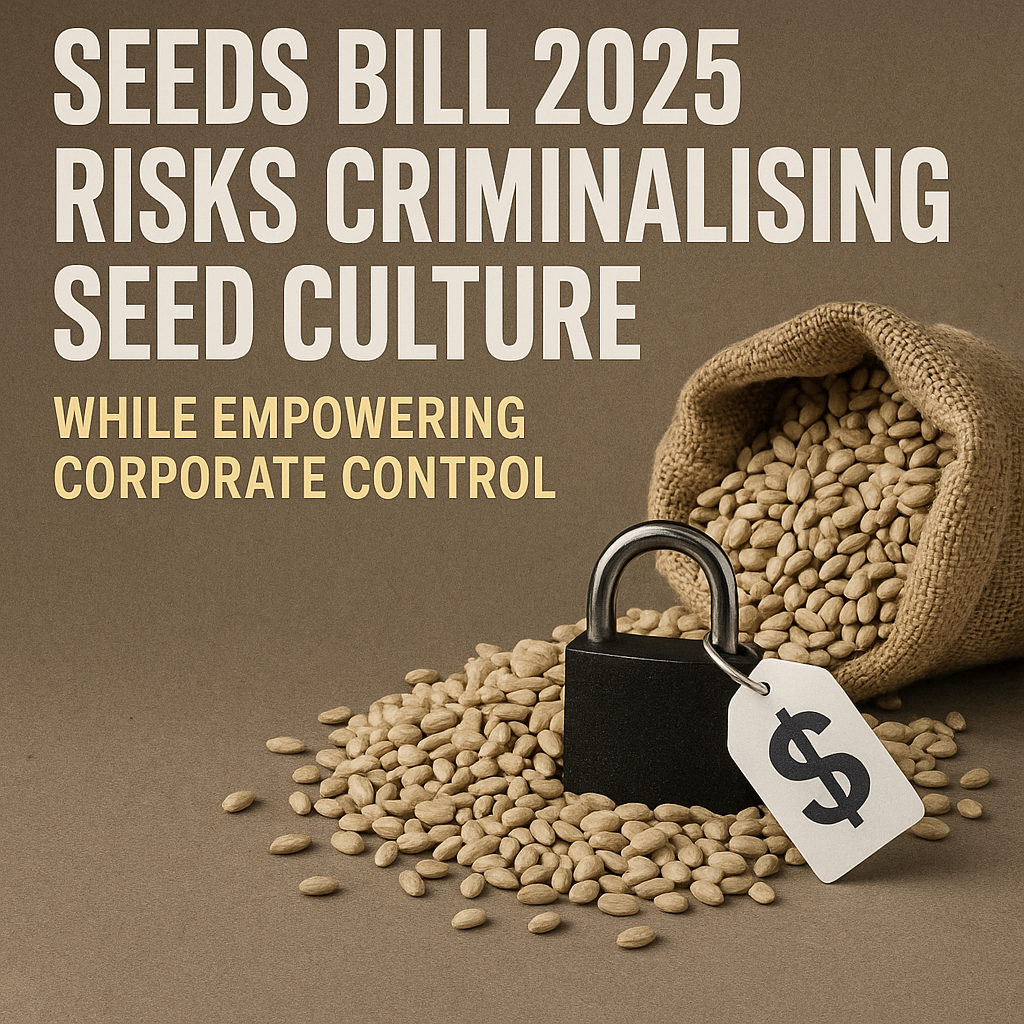In the year 2042, the Indian heartland was a land of yellow and golden maize, stretching as far as the eye could see, waving in the hot wind like a uniformed army. But beneath the surface, the soil was tired, the rivers ran thin, and the people who once danced to the rhythms of their land now moved like shadows through a world they no longer recognized.
It hadn’t always been this way. Once, India’s fields were a tapestry of colors and flavors, stitched together by the wisdom of countless generations. Maize was not just a crop; it was a story, a festival, a song sung by tribal women in the Northeast, by farmers on the Deccan plateau, and by children in the Himalayan foothills. Each region had its own maize red, blue, yellow, and purple specially adapted to its soil, its rain, its people.
But the world had changed, and so had India.
The Seeds of Change
It started with a crisis, one that seemed, at first, to be about numbers. In the late 2020s, India’s poultry industry, the backbone of affordable protein for millions, began to panic. Maize prices soared as the government, eager to meet ambitious biofuel targets, diverted more and more of the crop to ethanol plants. The poultry lobby, squeezed by rising feed costs, demanded action. The ethanol industry, flush with subsidies, demanded more maize. Farmers’ bodies, once united in their resistance to genetically modified crops, fractured under the pressure. Some pleaded for protection of native seeds; others, desperate for higher yields and better prices, called for the import of GM maize.
The government, caught between global trade deals and domestic unrest, wavered. The United States, wielding its biotech might, pressed for access to India’s vast market for GM maize. The memory of BT cotton and how it had swept across India, displacing native varieties and leaving farmers dependent on expensive, patented seeds still haunted the countryside. But the promise of higher yields, pest resistance, and foreign investment proved irresistible.
By 2030, the gates opened. The first shipments of GMO maize arrived in Mumbai’s ports, seeds engineered for uniformity, productivity, and profit. The government, citing food security and export potential, offered subsidies to those willing to make the switch.
The Disappearance
At first, it seemed a miracle. The new maize outyielded anything the land had seen. The media hailed a “Second Green Revolution.” Farmers who adopted the seeds reaped double harvests, with fewer losses to pests. The poultry industry recovered, ethanol plants thrived, and the government boasted of India’s new status as an agricultural powerhouse.
But beneath the golden surface, something was dying.
The indigenous maize, with its rainbow kernels and deep roots, began to vanish. The new GMO maize, with its aggressive pollen, contaminated native varieties. Seed banks, neglected and underfunded, struggled to keep up. Within a decade, 90% of India’s maize was a single, patented variety. The rest was relegated to museum shelves and fading memories.
The same pattern spread to other crops. Mustard, brinjal, even rice each fell to the logic of monoculture and market efficiency. The story of Bt cotton repeated itself, but on a scale that dwarfed the original tragedy.
The Price of Progress
With uniformity came vulnerability. In 2038, a new pest, one that had evolved to bypass the GMO maize’s defenses, swept through the heartland. Farmers watched helplessly as their crops withered. The promised yields evaporated, and debts mounted. The multinational corporations that owned the seed patents offered a solution: a new, improved GMO maize, at double the price. Desperate, the government agreed, mortgaging future harvests to secure the seeds. Small farmers, unable to afford the new variety or the required chemicals, were forced off their land.
The cycle repeated. Each year, new threats emerged like superweeds, resistant pests, unpredictable weather. Each year, the solution was another patented seed, another chemical, another loan.
The soil, once rich and alive, grew brittle from years of chemical inputs. Rivers ran thick with runoff, choking fish and frogs. Bees and butterflies vanished, and the birds fell silent.
The Forgotten Wisdom
In the shadows of the corporate maize empire, a few stubborn souls tried to resist. In remote villages, elders whispered stories of the old maize, of seeds passed down through generations, of festivals and rituals now forgotten. Some tried to hide their seeds, to plant them in secret. But the government, under pressure from trade partners and biotech companies, declared these seeds illegal “unregistered, untested, unsafe.” Fields were razed, seeds confiscated, traditions criminalized.
The arrogance of those who claimed to protect India’s food systems became the very force that destroyed them. Scientists, bureaucrats, and activists, once united in their pride, became entangled in debates, defending their own legacies and refusing to see the larger picture. Each side clung to its narrative, convinced of its own righteousness, while the ground beneath them shifted. The arrogance of believing that India’s food systems were immune to collapse blinded them to the slow-motion disaster unfolding in the fields.
The Collapse
By 2041, the cracks could no longer be ignored. The uniform maize, genetically engineered for perfection, could not withstand the chaos of a changing climate. Monsoon patterns shifted unpredictably; entire regions faced droughts or floods. A mysterious disease, traced to a gene in the imported maize, began to spread and not just among plants, but among livestock and, eventually, humans. Studies linked the outbreak to the loss of genetic diversity and the unchecked spread of modified genes into the ecosystem.
Food prices soared. Hunger returned to the villages and the cities alike. The poultry industry, once the champion of GM maize, found itself crippled by feed shortages and disease outbreaks. The ethanol plants faltered as global oil prices crashed and demand evaporated.
Attempts to revive indigenous seeds failed; the old varieties had been contaminated or forgotten. The few who had tried to warn the nation were dismissed as alarmists, their voices drowned by the machinery of progress.ndia, the land of a thousand crops and a million flavors, had succumbed to a dystopia of its own making. There was no villain only the slow, collective blindness of a nation that mistook pride for wisdom and uniformity for abundance.
The Awakening
Yet, even in the darkness, there were sparks of hope. Stories began to circulate, of a hidden valley in the Northeast where the old maize still grew, tended by a handful of rebels; of a scientist in Bengaluru who had preserved a fragment of the ancient genome; of farmers’ cooperatives forming in secret, sharing knowledge and seeds, resisting the pressure to buy patented crops.
The movement was small, fragile, and often crushed by the weight of law and profit. But it grew, fueled by the memory of what had been lost and the hope of what could be regained.Across India, people began to ask: What is the true cost of progress? Whose interests does it serve? And what does it mean to be the stewards of the land?
Seeds of Hope
The world had changed, but not beyond repair. In the new India, the lessons of the past guided the choices of the future. Laws were rewritten to protect indigenous seeds and the rights of farmers. Trade agreements were renegotiated, prioritizing food sovereignty over corporate profit. The fields once again blossomed with diversity. Children learned the names of the old maize, tasted its sweetness, and understood the power of conservation. The story of the lost maize became legend a reminder that the future is not written in patents and profits, but in the living memory of the land.



